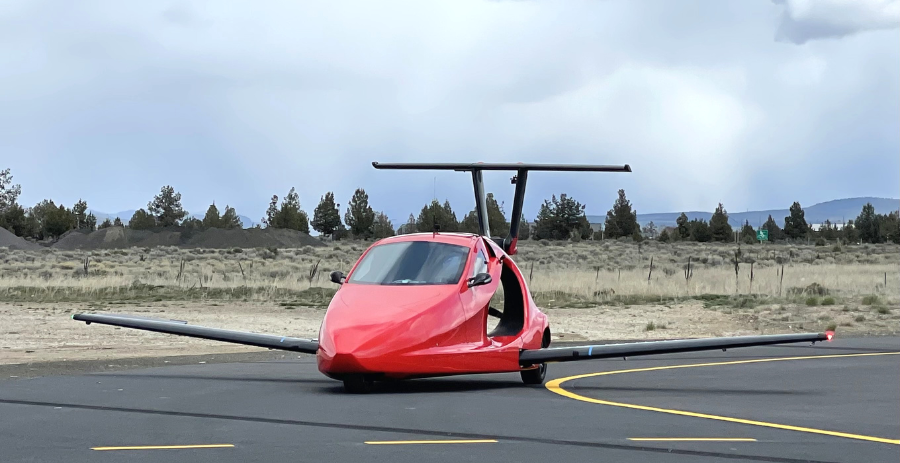3D travel
Hobbs Reveals Bold Blueprint for Flying Cars and 3D Travel in Arizona

In a bold move to tackle traffic congestion, Arizona Governor Katie Hobbs is spearheading efforts to explore the viability of flying cars. This initiative aims to modernize transportation by positioning Arizona as a hub for developing and licensing innovative aerial vehicles, commonly known as “roadworthy aircraft.”
The governor’s vision extends beyond mere experimentation; she has plans for commercial flying taxis that can seamlessly take off and land in urban areas. To facilitate this transition, Hobbs announced the transformation of a state agency into the Institute for Advanced Mobility, shifting its focus toward three-dimensional travel technology.
Recently, legislators took preliminary steps to lay the groundwork for this emerging industry. Senator David Farnsworth (R-Mesa) introduced a bill aimed at preparing Arizona for the registration of flying vehicles once they become commercially available. His proposal emphasizes a streamlined process for licensing owners to operate these vehicles both on roads and in the air.
Under his plan, these unique vehicles, which typically feature three wheels, could be registered similarly to motorcycles but without the requirement of a motorcycle license or helmet, thanks to their enclosed cabins. However, existing legislation currently limits takeoff and landing to designated airport runways, raising questions about accessibility.
While the concept holds promise, challenges remain. Presently, the Federal Aviation Administration classifies most flying vehicles on the market as “experimental aircraft,” significantly restricting their availability to consumers. Prospective buyers cannot simply purchase one from a dealership; instead, they may need to build their own.
Samson Sky, a notable player in this sector, is developing the Switchblade, a vehicle designed to comply with FAA regulations for self-assembled craft. Buyers can acquire the Switchblade as a kit, with more than 50% of assembly required to be completed by the owner, although Samson provides assistance to facilitate the building process.
Potential owners must also undergo 40 hours of flight testing in controlled environments before flying outside designated airspace. In conversations with the press, Samson’s CEO, Sam Bousfield, expressed optimism about production beginning within two years, with over 60 Arizonans already showing interest.
However, Marisa Walker, the executive director of the newly revamped Institute of Advanced Mobility, believes personal flying vehicles may only be a transitional phase. Her outlook focuses on the emergence of air taxis facilitated by updated FAA regulations allowing powered-lift aircraft that can operate with vertical take-off and landing abilities.
Walker envisions a future where calling an air taxi is as effortless as using a ride-sharing app. Nevertheless, these passenger-carrying vehicles will require FAA certification, and robust systems for managing air traffic and airspace usage will be essential. Just as public transportation adheres to designated stops, air taxis may need specific landing zones to ensure safety in urban environments.
Farnsworth acknowledged the evolving nature of the legislation and expressed uncertainty about pursuing his initial proposal upon lawmakers’ reconvening in January. He, along with Walker, reiterated the importance of focusing on advanced flying technologies rather than building personal flying vehicles.
As Arizona positions itself at the forefront of aerial innovation, it anticipates rapid advancements. Recently, Amazon received federal approval to begin drone deliveries in the Phoenix area, showcasing the state’s potential as a leader in integrating advanced transport technologies.


















